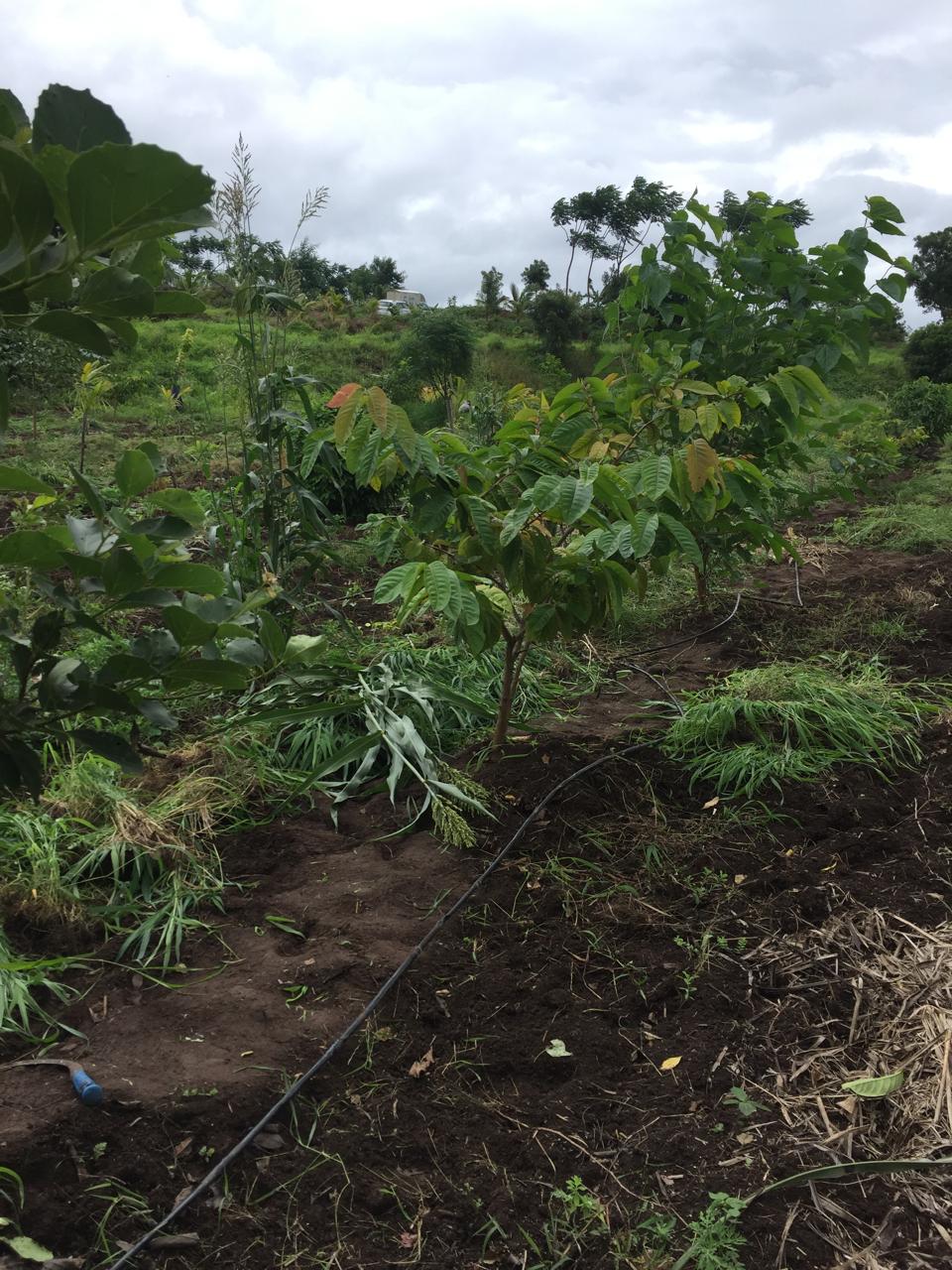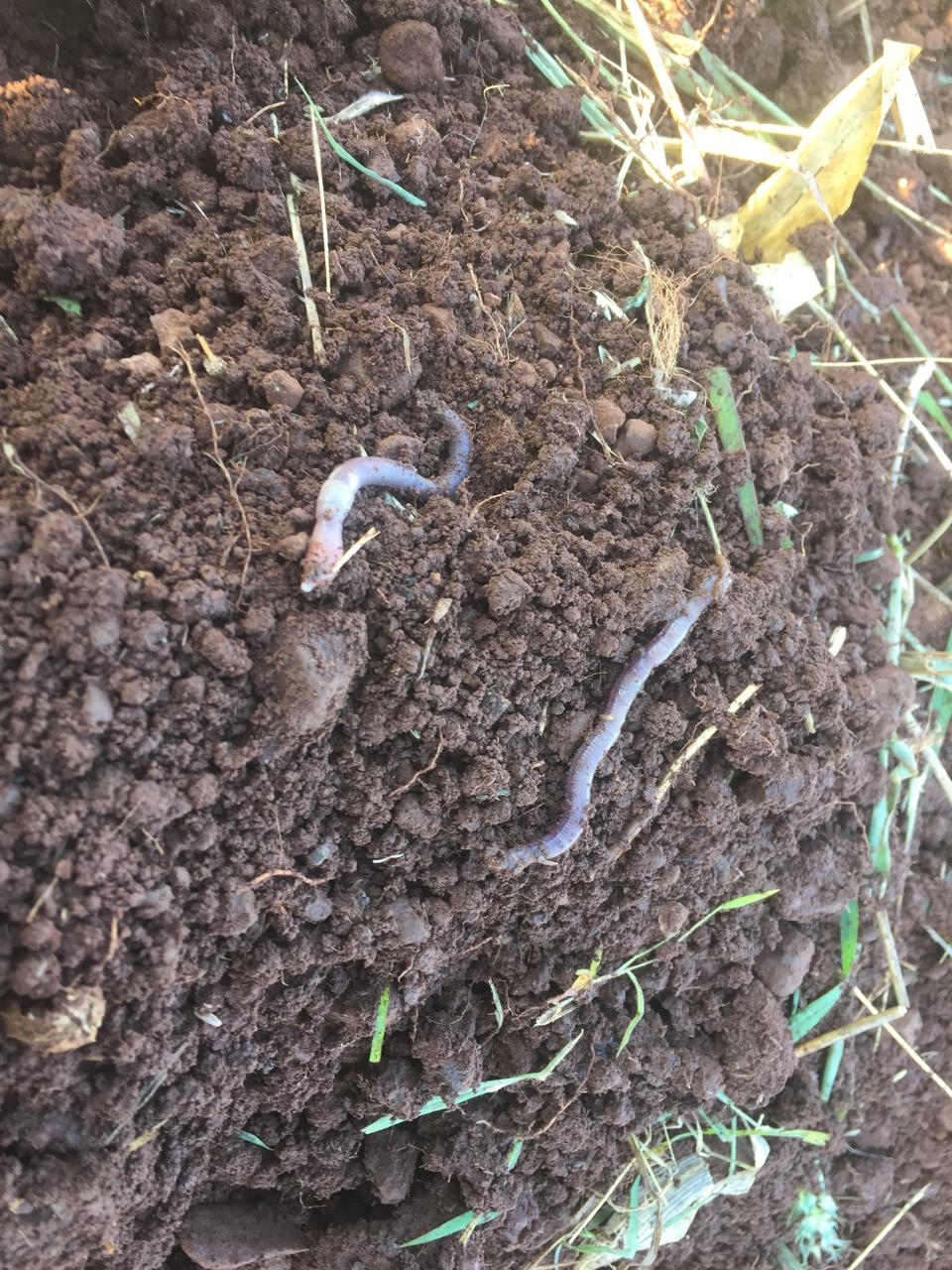A food forest isn’t just a garden – it’s a thriving, self-sustaining ecosystem that feeds you while taking care of itself.
Unlike conventional farming, which fights against nature, a food forest works with it. By stacking plants in layers, building rich soil, and managing water wisely, you create a resilient, low-maintenance system that provides food year after year.
Here’s how to get started.
Step 1: Start by Observing
Before you plant anything, take a step back and observe your land. Nature already has a system in place; you just need to understand it. Watch how the sun moves throughout the day. Notice which areas get full sun, partial shade, or deep shade. This will guide where to place different plants. Pay attention to how water behaves when it rains. Does it rush off the land, or does it pool in certain areas? Use this information to design a system that captures and holds water where it’s needed most. Dig into the soil. Is it rich and dark or dry and compacted? Smell it – good soil has an earthy scent, full of life. Understanding what you’re working with will help you build fertility naturally.
Step 2: Mimic a Forest
Forests don’t grow in neat rows, and neither should your food forest. Nature works in layers, with each plant playing a role in the ecosystem.
The tallest trees form the canopy, providing structure and shelter for the plants below. Smaller fruit and nut trees fill the spaces beneath them, creating a multi-tiered system. Shrubs, vines, and herbs occupy the mid-levels, while ground covers protect and enrich the soil. Root crops like carrots, ginger, and turmeric improve soil structure, and flowering plants attract pollinators and beneficial insects. Every plant has a purpose, whether it's providing food, fixing nitrogen, or repelling pests.
By mimicking nature’s design, you create a system where plants support each other, making the entire food forest stronger and more productive.
Step 3: Feed the Soil, and It Will Feed You
Good soil is alive. It’s full of microorganisms, fungi, and organic matter that break down and release nutrients. The healthier your soil, the less work you have to do. Instead of relying on chemical fertilizers, build fertility naturally. Cover the ground with thick layers of mulch – straw, leaves, wood chips, or even cardboard. This locks in moisture, suppresses weeds, and feeds the soil as it breaks down.
Composting is another key. Return kitchen scraps, plant waste, and manure to the earth, creating a cycle of continuous nourishment. Some plants can also build soil health. Nitrogen-fixing plants like clover, peas, and acacia trees pull nitrogen from the air and deposit it into the soil, making it available to other plants. If you bury logs and branches under the soil, they will decompose slowly, acting like a sponge to store moisture and release nutrients over time. This is one of nature’s best-kept secrets for long-term fertility.
Step 4: Work with Water, Not Against It
Water is life. The key to a successful food forest is keeping as much of it on your land as possible and using it wisely. Instead of letting rainwater run off, slow it down and let it sink into the ground. Swales - shallow ditches dug along the natural contours of the land – catch rainwater, preventing erosion and storing moisture in the soil. If you have a roof nearby, set up rain barrels to collect runoff. This gives you a free source of water during drier months.
Small ponds and dams do more than just store water; they create microclimates that support a wider range of plants and attract beneficial wildlife. For direct watering, drip irrigation delivers moisture straight to plant roots with minimal waste, keeping your system efficient.
By designing your food forest to hold and distribute water naturally, you reduce the need for irrigation and create a system that thrives even in dry conditions.
Step 5: Choose the Right Plants
A food forest is more than just fruit trees. It is a layered, living ecosystem where every plant plays a role in supporting the whole.
Begin by planting pioneering species, such as fast-growing nitrogen fixers like gliricidia, leucaena, or pigeon pea. These help improve soil fertility, build biomass, and create the initial structure and shade that prepare the land for other plants. Once the system is established, introduce fruit-bearing trees like mango, jamun, guava, jackfruit, and sapota. These form the canopy and sub-canopy layers, offering food, shelter, and long-term stability.
Beneath them, grow shrubs such as lemon, curry leaf, and medicinal plants like tulsi or ashwagandha. Vines like passionfruit or bottle gourd can climb trees or trellises, making use of vertical space. At ground level, herbs and leafy greens such as mint, amaranth, and coriander suppress weeds, attract pollinators, and provide continual harvests. Include root crops like turmeric, ginger, and sweet potato, which help improve soil structure and nutrient cycling.
Each plant serves a purpose. Some fix nitrogen, some repel pests, and others support biodiversity. When thoughtfully combined, they create a balanced, self-sustaining system where plants grow in harmony and help each other thrive.
Step 6: Let It Grow and Adapt
Once your food forest is planted, your role shifts from gardener to observer. You don’t need to micromanage nature – just give it a gentle nudge in the right direction. Mulching regularly keeps the soil covered and nourishes the system over time. Pruning encourages healthy growth and airflow. Instead of fighting pests with chemicals, invite natural predators like birds, ladybugs, and praying mantises by planting flowers and offering habitat. As the seasons change, watch how your food forest evolves. Some plants may struggle while others thrive. Make small adjustments, learn from the land, and let nature do what it does best.
Final Thoughts
A food forest isn’t something you create overnight – it’s something that grows with you. By working with nature instead of against it, you build a system that takes care of itself, feeding both people and the land for years to come. Start small. Stay patient. Trust the process. Nature already knows what to do – you just have to listen.


